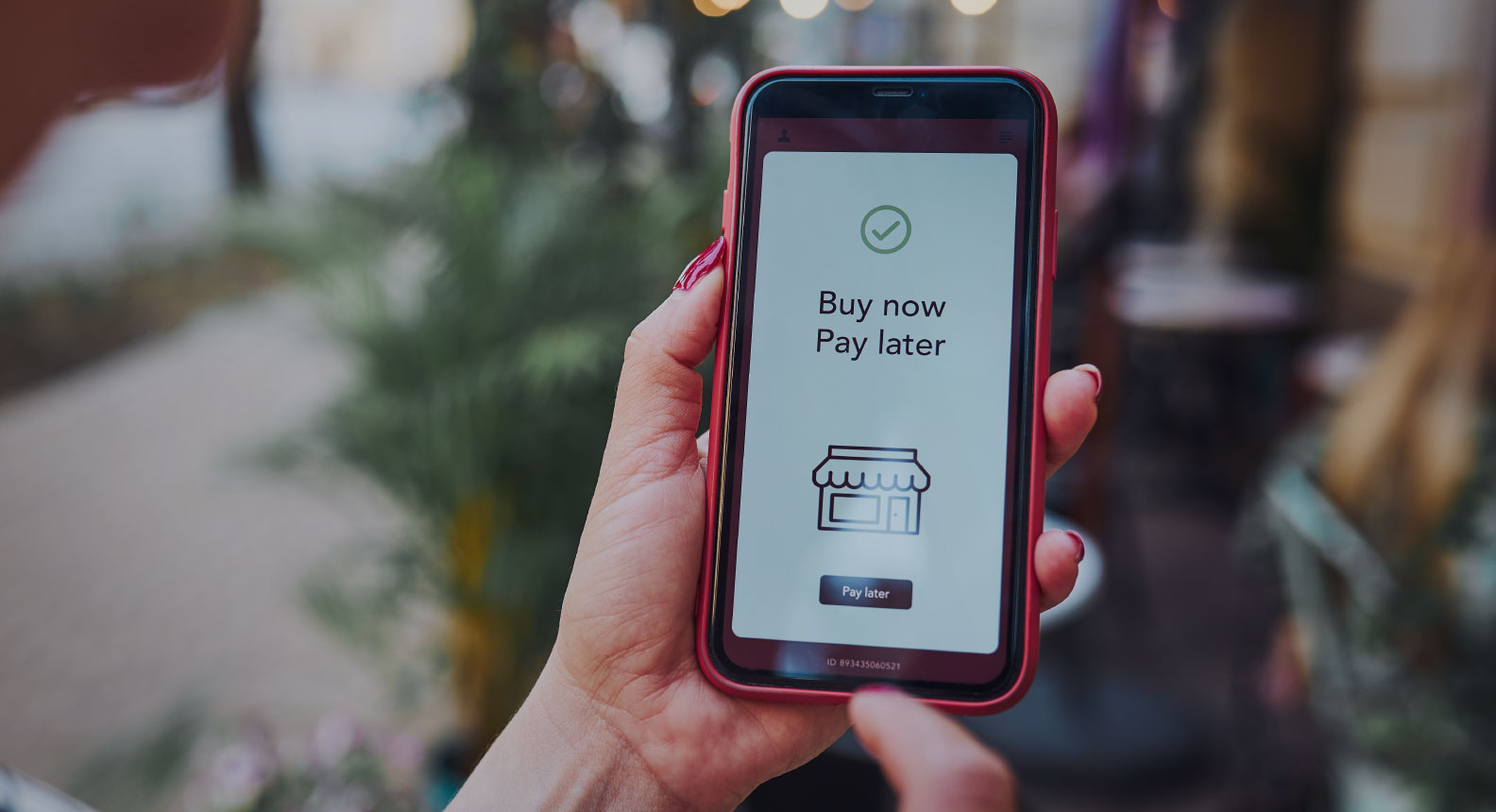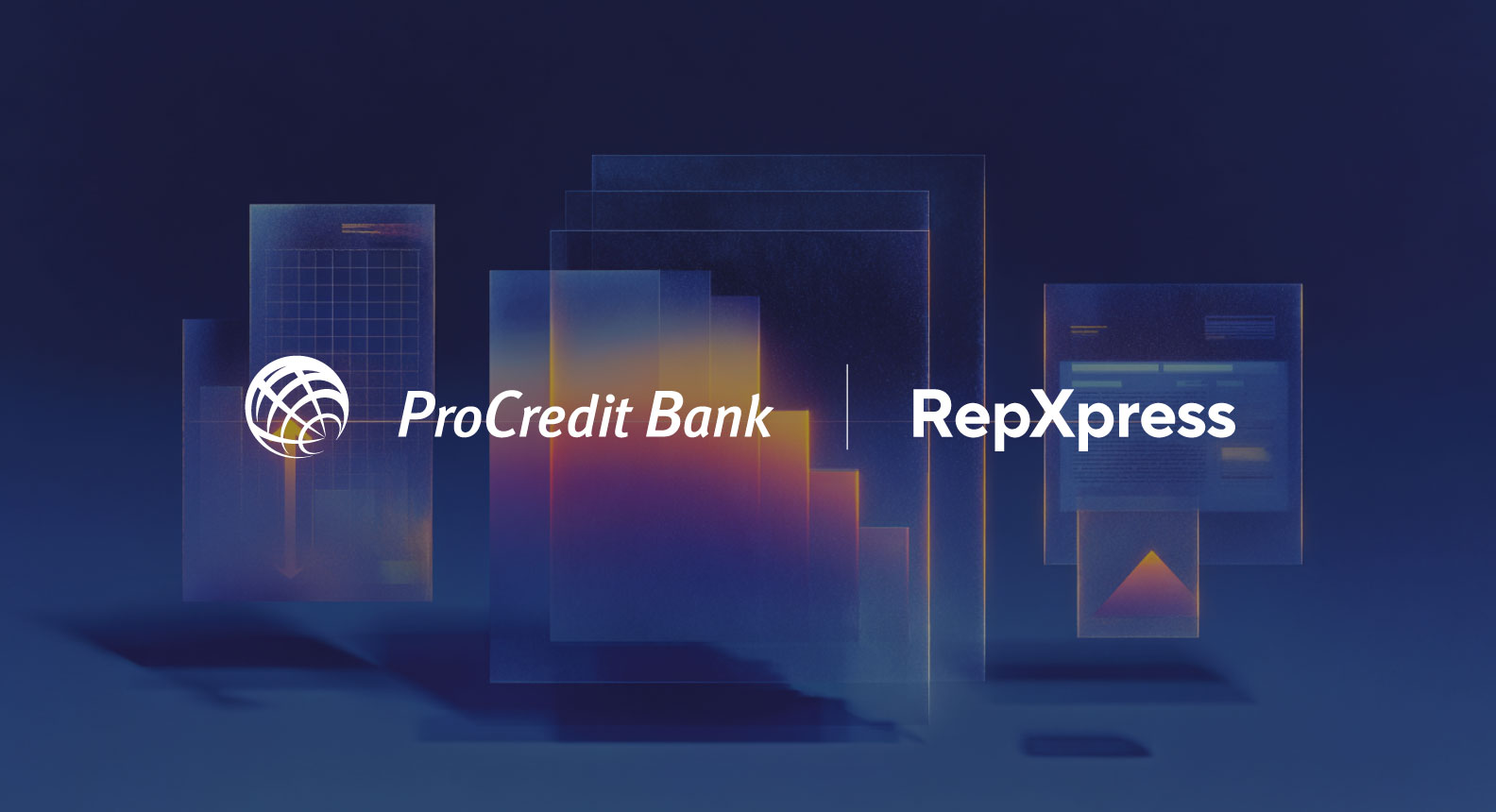Buy Now, Pay Later (BNPL) is a form of embedded finance that integrates financial services into everyday platforms, enabling consumers to purchase products or services while deferring payment through a series of equal installments. Usually offered at the checkout stage, BNPL options may vary by provider. Yet, they are commonly interest-free and automatically deducted from the customer’s bank account or credit card.
Estimated at USD 560.1 billion in 2025, the global BNPL market size is projected to increase to USD 911.8 billion by the end of 2030, encompassing a range of retail categories [1]. Offering a flexible alternative to traditional credit and the credit card, BNPL has established itself as a viable loan option, experiencing significant growth.
In this article, we will discuss the application of BNPL in a B2C context, outlining its growth factors, typical consumers, and how it works in practice.
Why is BNPL B2C on the rise?
The growth of BNPL B2C has often been attributed to persisting inflation, prompting consumers to seek flexible payment options across various sectors. Yet, there are other factors impacting its increasing popularity, among which:
- The development of e-commerce and rise of online payments, including digital wallets and mobile payments;
- Consumer benefits, such as financial flexibility, fewer barriers to entry than traditional credit, lower or non-existent fees, convenient budget-managing options, etc.;
- Retailer advantages, such as the potential to increase sales volumes, drive repeat purchases, increase conversion rates, expand customer demographics, etc.;
- Competition among payment providers leading to increasingly advanced offerings.
Although regional preferences for BNPL vary, McKinsey & Company has identified an interesting trend for the first quarter of 2025 in France, Germany, Italy, Spain, and the United Kingdom. The BNPL service has stood out as the only savings measure that has demonstrated a slight increase [2]. The latter shows that BNPL is to be perceived as an established trend rather than a passing fad. BNPL enables merchants to give their customers access to credit via their e-commerce app, payment processor, or other channels. That’s why it is expected to be one of the primary drivers for the future embedded financial and IoT boom.
Who uses BNPL, and what is it used for?
Who are the primary BNPL users?
Research shows that thanks to their affordability, accessibility and favorable payment terms, BNPL offerings are most widely used by younger generations. For example, a PYMNTS survey from June 2024 finds that the most avid users of BNPL are consumers under the age of 44 who use it both out of necessity and by choice. To be more specific, BNPL is considered the preferred payment method for Gen Z and millennials, who are still building their spending power [3].
There are, however, more profound reasons for Gen Z’s affinity with BNPL. BNPL offerings effectively cater to the lifestyle choices of this generation. BNPL is believed to resonate with Gen Z’s values, such as the “culture of instant gratification”, distrust of traditional credit cards, and tech-savvy integration [4].
What is BNPL used for?
Overall, BNPL can be applied to any product category. PYMNTS insights demonstrate that it is used for both larger items, such as home furnishings, appliances, and electronics (especially by “choice users”), as well as for everyday essentials like clothing, accessories, and groceries (by “necessity users”). Furthermore, choice users tend to spend more on average using BNPL (USD 777) than necessity users (USD 576). However, there is a general observation that BNPL has been expanding its application to new non-retail verticals, such as travel and leisure, healthcare, and education [5].
How does BNPL work in practice?

From the consumer’s point of view, typical BNPL credit approval is usually obtained within minutes (unlike traditional credit applications). Once the loan is approved, the retailer is instantly notified and receives the funds. The product is then sold to the customer through an installment-based agreement, which functions similarly to a consumer loan with a fixed installment plan.
The BNPL provider, on the other hand, typically generates its income through the fees it charges merchants. McKinsey & Company identifies five distinct go-to-market business models for BNPL offerings. These include 1) integrated shopping apps, 2) card-linked installment offerings, 3) off-card financing solutions, 4) virtual rent-to-own platforms, and 5) vertical-focused larger ticket on- and off-card solutions [6].
As the credit score is the major indicator for customer onboarding, BNPL providers need access to more data from varied and uncommon data sources in order to accurately analyze credit risk, approve loans much faster than a traditional bank, and simply integrate all of this into the retailer’s e-commerce platform. Sirma’s CeGate solution may significantly support this process by automating customer data acquisition for credit scoring and risk analysis, facilitating real-time execution of critical procedures. As a result, advanced solutions like CeGate can enable fintechs or their partners to increase loan access, including people with no credit history. Moreover, they contribute to implementing the BNPL advantage of lowering the high interest rates associated with traditional consumer finance, store cards, and credit lending. It’s a really a customer-focused, inclusive type of lending.
One of the major issues for BNPL platforms will be to determine whether they would position themselves as payment service providers or credit suppliers. This will also influence their future relationships with other financial ecosystem members, as well as their potential for collaboration.
Why do traditional banks need to consider BNPL?
Although initially dominated by fintech players, an increasing number of traditional banks are now entering the BNPL space. By integrating BNPL, banks can ensure they stay competitive by modernizing their offerings, attracting younger demographics, and unlocking new revenue streams. As EY suggests, banks may consider partnering with fintechs to create differentiated products, offering BNPL via credit cards at POS, buying or building their BNPL platforms, reducing merchant fees, and innovating around existing card options [7].
Conclusion
BNPL is a modern form of an interest-free installment loan, which is widely applied in a B2C context. Thanks to its affordability, flexibility, and overall benefits, BNPL appeals to younger generations, particularly Gen Z. BNPL platforms need to decide if they would position themselves as payment service providers or credit suppliers. On the other hand, banks should consider offering BNPL services by partnering with fintech companies. In its capacity as a trusted financial partner, Sirma is well-positioned to provide specialized BNPL consulting and technology services.


